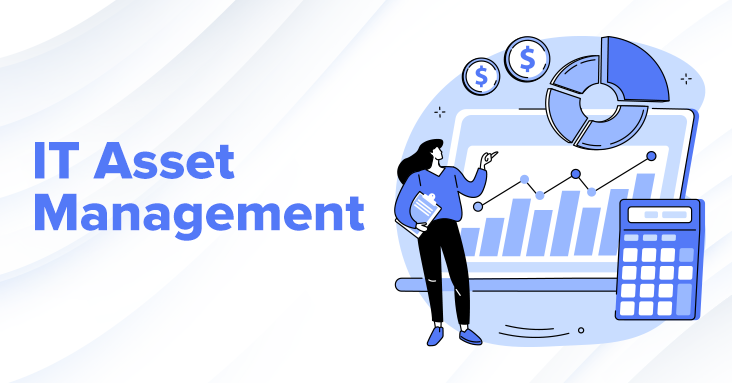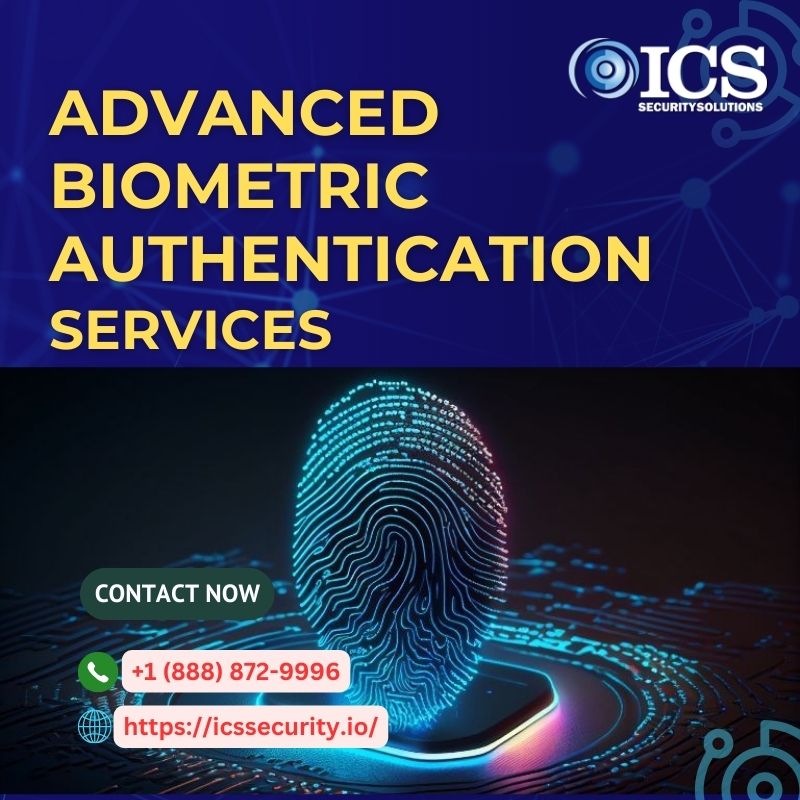
In today’s digital world, businesses rely heavily on technology. From laptops and software to servers and cloud services, IT assets play a big role in daily operations. But managing these assets effectively can be a challenge. This is where IT Asset Management (ITAM) becomes important.
In this blog, we’ll explain what IT Asset Management is, why it matters, how it works, and how businesses—especially in India—can benefit from it.
What Is IT Asset Management?
IT Asset Management is the process of tracking, managing, and optimizing an organization’s IT assets throughout their lifecycle. These assets include hardware (like computers, routers, and printers), software (like licensed programs and cloud tools), and digital resources (like data and virtual machines).
The goal of ITAM is to make sure assets are used efficiently, kept up-to-date, and compliant with licenses and regulations. It helps reduce costs, avoid unnecessary purchases, and improve overall IT operations.
Types of IT Assets
IT assets generally fall into three main categories:
Hardware Assets
- Laptops, desktops, servers
- Mobile devices, printers, networking equipment
Software Assets
- Licensed applications
- Operating systems, antivirus tools
- SaaS (Software-as-a-Service) tools like Microsoft 365 or Adobe Creative Cloud
Digital Assets
- Cloud services and subscriptions
- Virtual machines
- Stored data and files
Why Is IT Asset Management Important?
Here are a few reasons why IT Asset Management is essential for modern businesses:
1. Cost Savings
ITAM helps avoid duplicate purchases and makes the best use of existing resources. You get clear insights into what you already own.
2. Better Planning and Budgeting
By knowing when assets need to be replaced or upgraded, businesses can plan IT budgets more accurately.
3. Compliance and Audit Readiness
Tracking software licenses helps avoid penalties during audits and ensures legal compliance.
4. Improved Security
Keeping an updated inventory helps identify outdated or unpatched systems that may be security risks.
5. Operational Efficiency
Automated tracking and management of IT assets reduce manual errors and increase productivity.
IT Asset Lifecycle Stages
IT Asset Management covers the entire lifecycle of an asset:
- Procurement – Identifying the need and purchasing the asset.
- Deployment – Installing and configuring the asset for use.
- Utilization – Monitoring usage and performance.
- Maintenance – Regular updates, repairs, and support.
- Retirement – Decommissioning and disposing of the asset securely.
How IT Asset Management Works
Here’s a step-by-step view of how ITAM works in most organizations:
Step 1: Inventory Creation
Start by creating a complete list of all IT assets. This includes both hardware and software.
Step 2: Categorization and Tagging
Organize assets by type, department, location, and assign barcodes or digital tags.
Step 3: Tracking and Monitoring
Use asset management tools to monitor performance, usage, and renewal timelines.
Step 4: Policy and Process Setup
Define policies for asset use, procurement, and disposal.
Step 5: Reporting and Optimization
Generate reports to identify underused or non-compliant assets and improve future planning.
Tools Used for IT Asset Management
Some commonly used ITAM tools include:
- ServiceNow
- ManageEngine AssetExplorer
- Freshservice
- InvGate Assets
- Lansweeper
These tools help automate tracking, reporting, and compliance tasks, making asset management easier and more accurate.
Challenges in IT Asset Management
While ITAM offers many benefits, businesses can face a few challenges:
- Difficulty in tracking remote or mobile devices
- Managing software license compliance
- Lack of centralized systems
- Human errors in manual data entry
To overcome these, automation and proper training are essential.
Best Practices for IT Asset Management
- Keep an Updated Inventory – Regularly update your asset database.
- Automate Where Possible – Use tools to reduce manual work.
- Conduct Regular Audits – Helps ensure compliance and asset accuracy.
- Train Your Team – Educate employees about ITAM policies.
- Integrate with Other Systems – Connect ITAM with service desks, CMDBs, and procurement systems.
How DevTools Can Help
DevTools offers tailored IT Asset Management solutions for businesses of all sizes. Whether you’re a startup or an enterprise, our services help you:
- Build a complete asset inventory
- Automate tracking and reporting
- Stay compliant with license and audit requirements
- Improve asset lifecycle visibility and cost-efficiency
With expertise and scalable solutions, DevTools ensures your IT assets are always under control.
Conclusion
IT Asset Management is not just about keeping a list of devices and software—it’s a strategic process that brings transparency, reduces waste, and improves business efficiency. In a growing digital economy like India’s, having a solid ITAM strategy is no longer optional. It’s a must for any business that wants to scale responsibly and securely.
Partnering with experts like DevTools can help you implement a smart, automated, and reliable IT Asset Management system that delivers long-term value.
FAQs
Q1. What types of companies need IT Asset Management?
Any company using IT infrastructure—from startups to large enterprises—can benefit from ITAM. It is especially useful in sectors like IT, finance, healthcare, and education.
Q2. How is ITAM different from ITSM?
ITAM focuses on tracking and managing IT assets, while ITSM (IT Service Management) is about delivering and supporting IT services. Both can work together to improve IT efficiency.
Q3. Can IT Asset Management help with remote work setups?
Yes, ITAM tools can track remote devices, manage cloud licenses, and ensure proper usage policies even for distributed teams.






